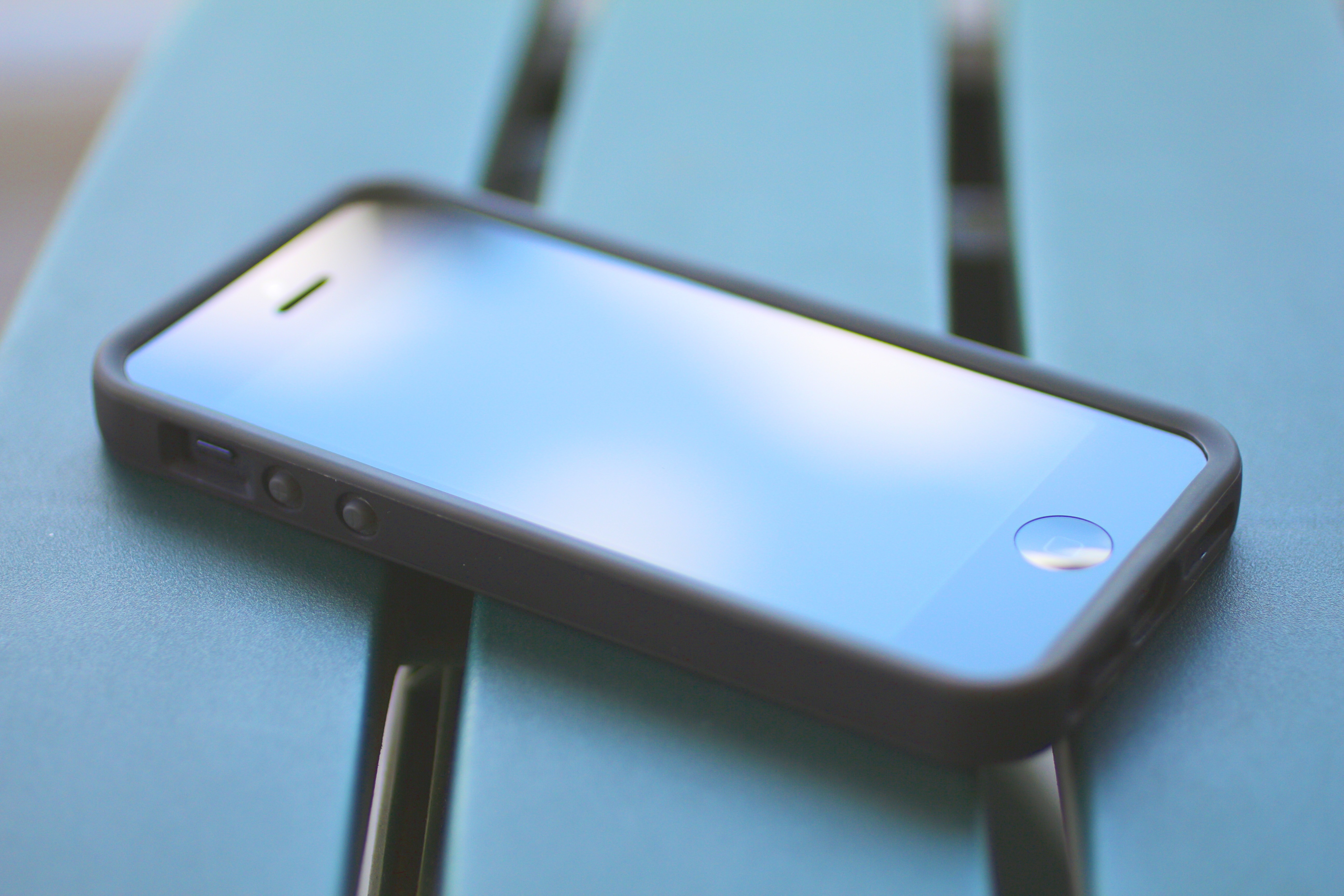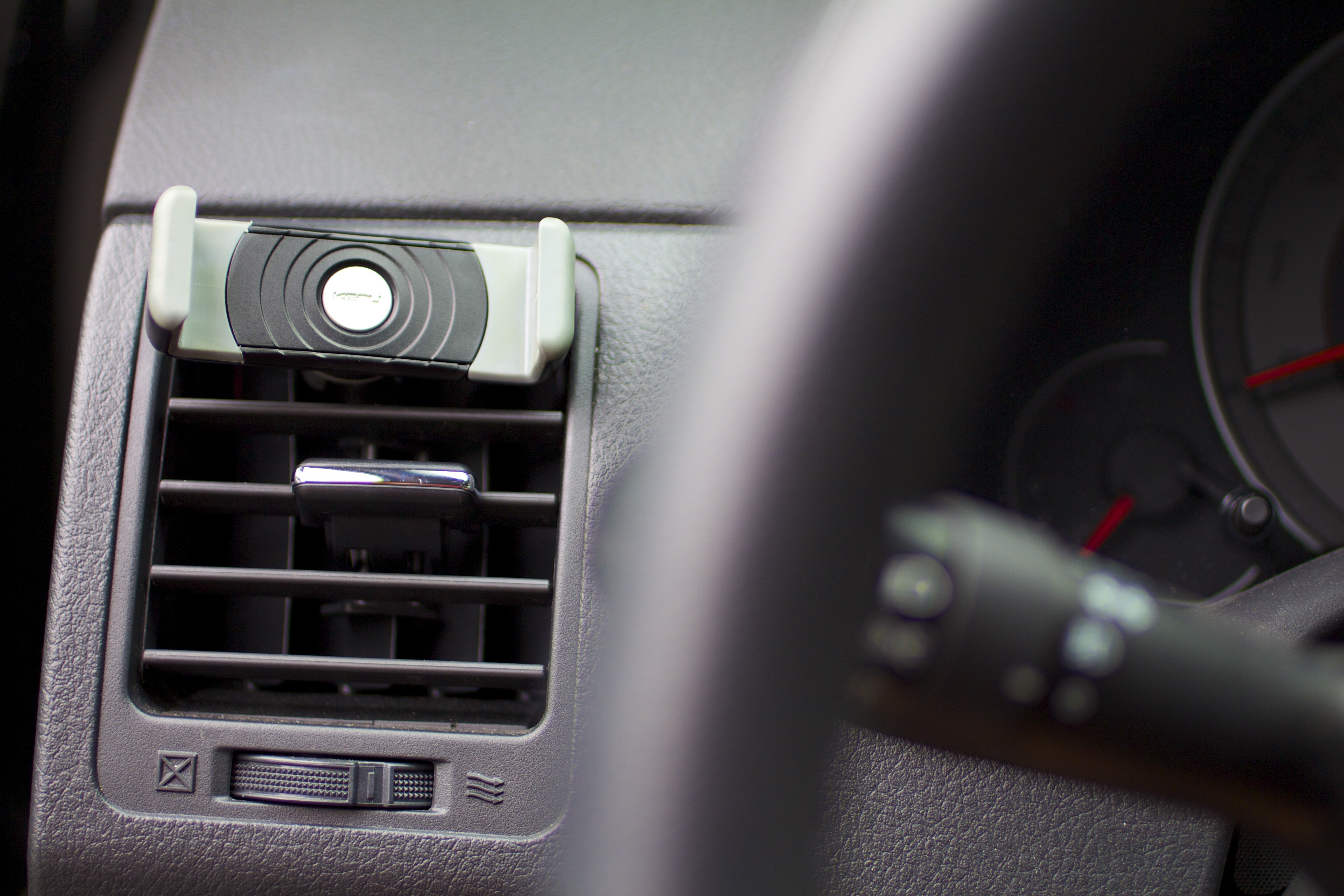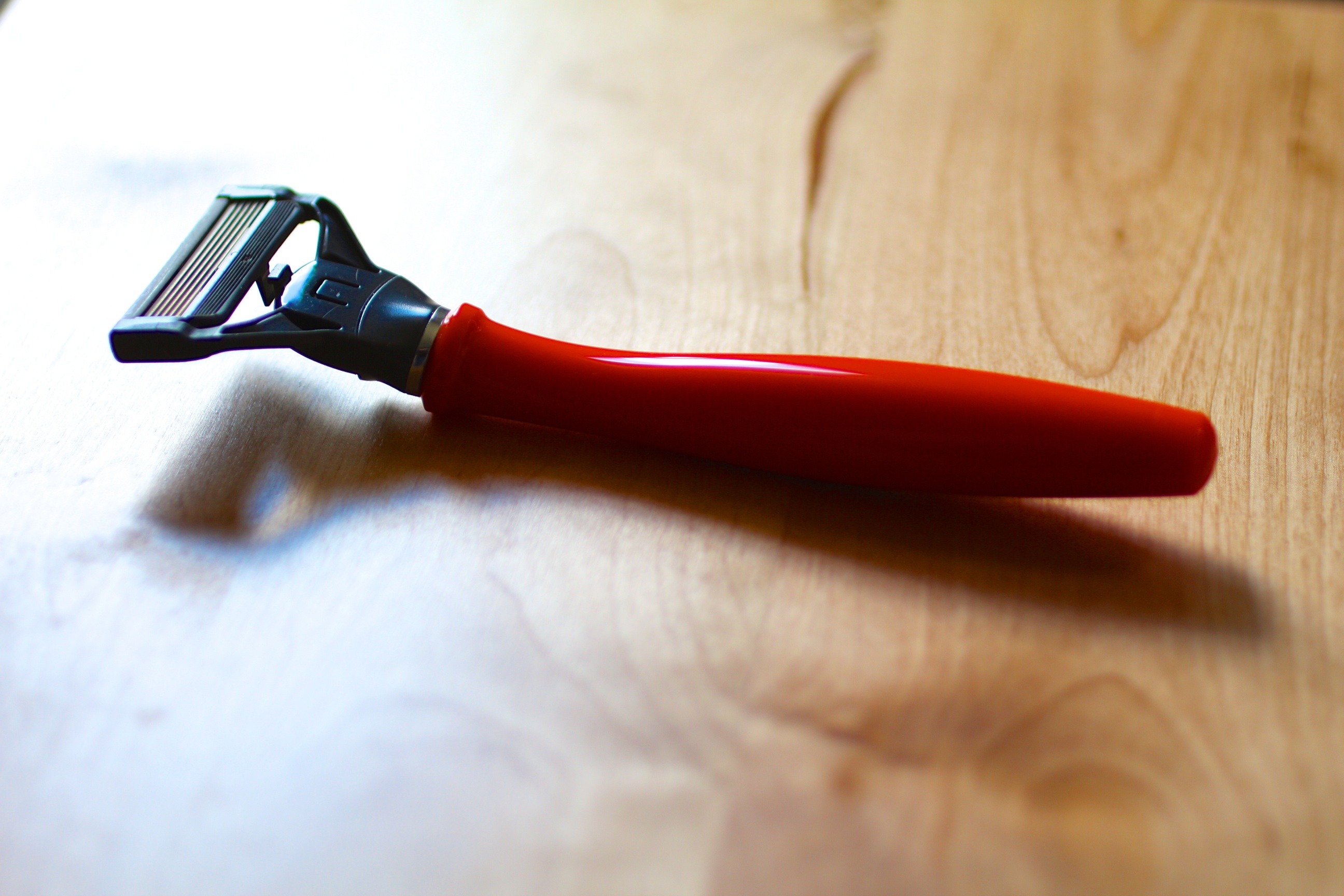Worth Your Time & Money #4: iPad Accessories
1. Coburns wooden stand ($20)
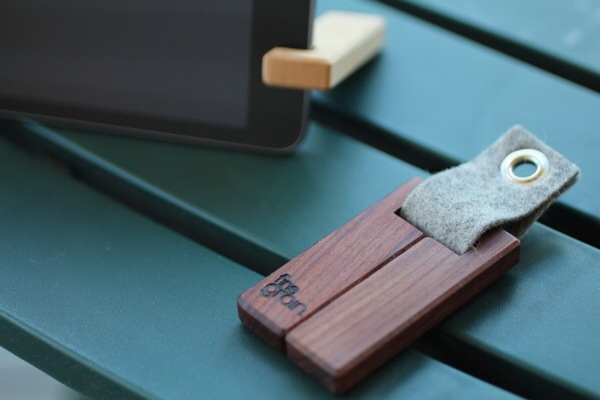
When the first iPad came out, I bought the Apple cover that doubled as a stand. However I found it uncomfortable to hold and with subsequent iPads I abandoned the skintight cover/stand concept and instead went with slipcases and sleeves to protect my naked iPad. One might think that this flies in the face of my previous review's comment that iPhones need protective cases, but I believe the use cases for the two devices are different enough; people don't use their iPads like they use their iPhones. You don't typically emerge out of your car with your hands full and accidentally drop your iPad on the concrete (which has happened to me with my iPhone). iPads are normally used in the home or at the office where concrete and asphalt typically don't exist so the need for a protective case isn't the same. And both at home and at work, a stand that is sturdy, convenient for both portrait and landscape use, and doesn't obstruct the screen or controls is very handy to have around.
My original stand was an $8 wooden picture frame stand from Bed Bath & Beyond. It worked pretty well, was collapsible, and would work for both portrait and landscape. But it wasn't sturdy and could fall over with a strong tap. Then I read about a Kickstarter campaign for the Coburns. From the instant I laid eyes on them, I was in love. I pledge my money, waited, and when they arrived I was not disappointed.
Made of nicely finished wood fashioned with small magnets and cutouts depending on the size of your iPad, the Coburns are a very versatile system for standing your naked iPad at various angles while also being very compact and thus convenient to travel with. The product obviously is well thought out and well designed; I would guess that the worst thing that could happen is you would lose one of the pieces, but that's the genius of putting the tiny, strong magnets into the wood to keep them together when they're not being used. There are two types of wood and three stains available from the Fine Grain website for both iPad Minis and iPad Airs. I recommend that you check them out if this fits with how you use your iPad. They are made in America if that's your thing too.
2. Dodocase Durable Sleeve for iPad Mini ($60)
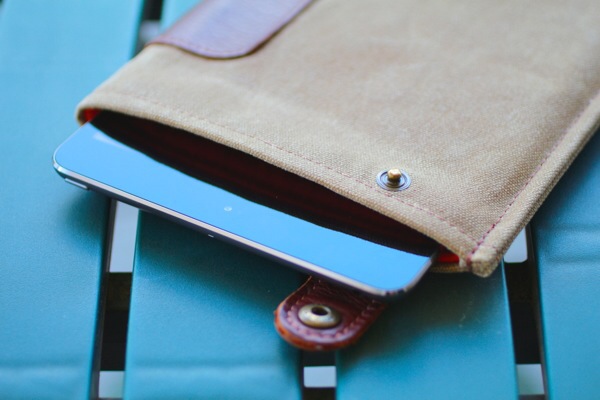
There are many slipcases and sleeves for the iPad. Some are heavily padded and some are lightly padded. There are ones made of leather, plastic, and nylon and all are in various colors and styles. Previously, I used a Timbuk2 slipcase with the Velcro enclosure that was very padded and terrifically secure, but for my iPad Mini I wanted something new that was as durable as the Timbuk2, but a little more stylish and didn't have the patented loud Velcro sound when opened. That's how I came to find the Dodocase Durable Sleeve.
When I first ordered the sleeve, the original design pictured on the website did not have the leather strap that spans the opening to keep the iPad within the sleeve. The sleeve is not meant to hug the iPad that firmly, so it could slip out accidentally if not for this strap. I think it is a great addition to an already nice design.
The waxed canvas is a really nice exterior that has a good amount of grip to it when you're handling it. With use, it will show marks of wear, but unlike plastic or nylon cases, the wear adds character to the sleeve instead of making it look rundown and used. The inside is nicely padded with what's probably a medium level of padding for a sleeve. It will protect your iPad from a short drop to the carpet and will definitely save it from the common bumps and scrapes of day to day use. Like the Coburns, Dodocase products are made in the USA and there are multiple color options on Dodocase's website for both iPad Minis and iPad Airs.
 Share Article →
Share Article → 